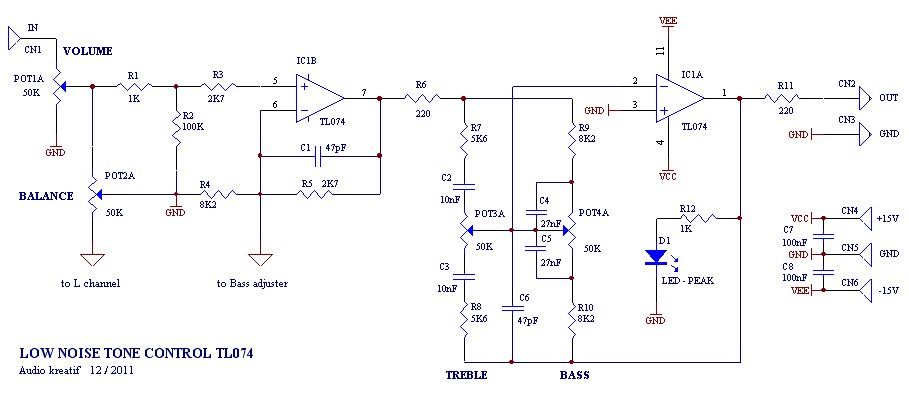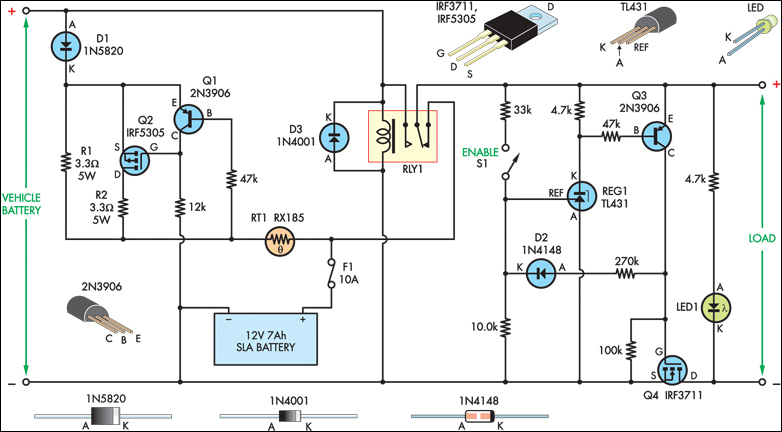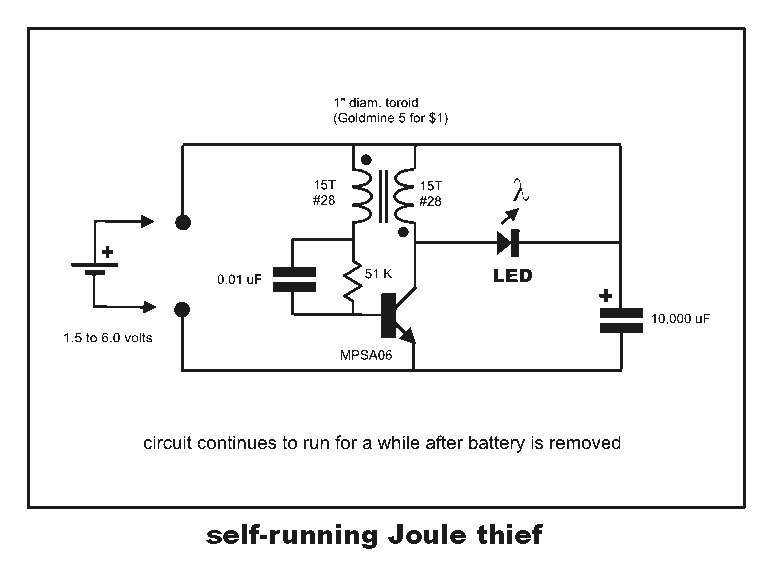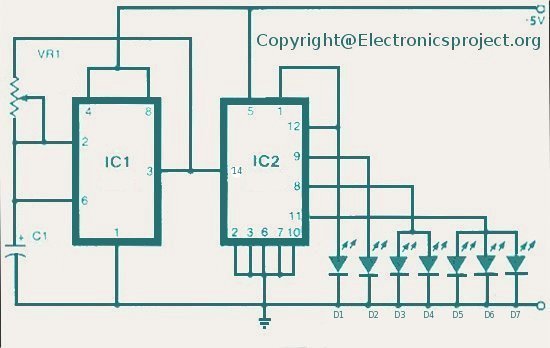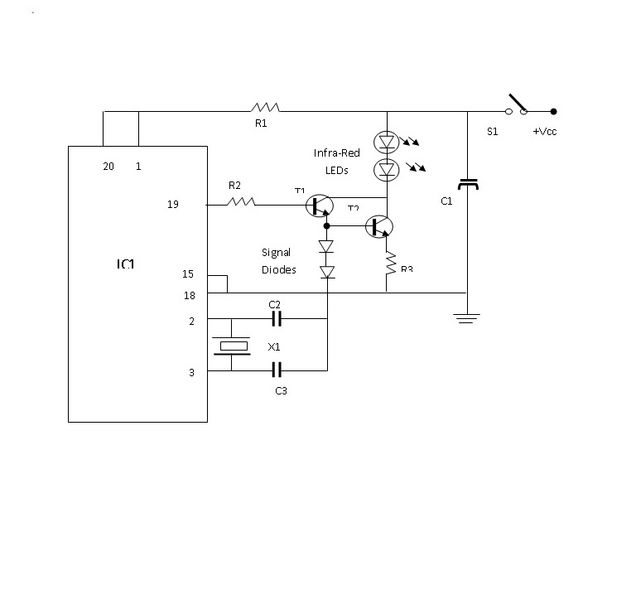
TheCircuit of One-hour Timing Circuit Using LM122
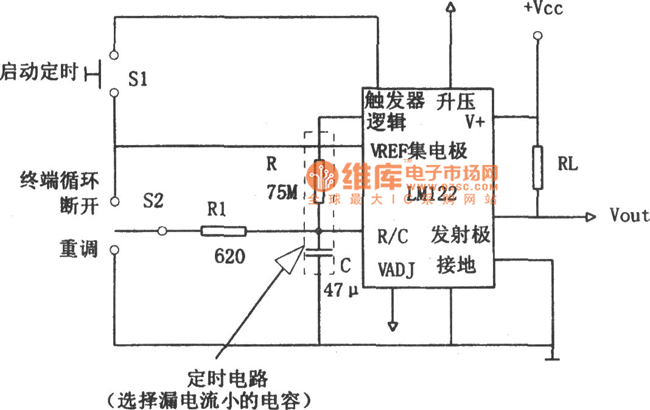
In this figure, S1 initiates the timing process, and once the timer is activated, toggling this switch will not impact the timing operation. S2 serves as the OFF switch located in the center; toggling this switch allows the timer to complete its cycle, which includes charging, transitioning to an open circuit, and discharging. If the charging process is interrupted midway, the charging state will revert to the operational state of the timer's output circuit.
The circuit described incorporates two switches, S1 and S2, which play critical roles in the timer's operation. S1, when engaged, begins the timing sequence, allowing the timer to function without interference. This characteristic is essential for precision timing applications where accidental interruption of the timing sequence must be avoided. The switch S2, positioned centrally, functions as an OFF switch, providing the user with control to halt the timer at any point during its operation.
The timer's operational cycle consists of three distinct phases: charging, open circuit, and discharging. During the charging phase, energy is stored in a capacitor or similar component until a predetermined voltage is reached. The transition to an open circuit indicates that the timer is ready to release its stored energy. In the discharging phase, the stored energy is utilized to perform a specific task, such as activating a relay or powering an output device.
If the charging phase is interrupted—meaning S2 is toggled during this process—the circuit is designed to revert to the operational state of the timer's output. This feature ensures that the timer can resume its function without losing the previous state, thereby enhancing the reliability and efficiency of the circuit in various applications. The careful design of these switches and the timing mechanism is crucial in applications requiring precise control and timing, such as in automated systems, timers, and various electronic devices.In this figure S1 can start timing and when the timer starts, turning this switch has no effect.S2 is the OFF switch in the middle and turning this switch can make the timer complete the procedure: charging-open circuit-discharging. Because of charging stopped halfway, the charging position would return to the work state of the timer s output circuit.
A.. 🔗 External reference
The circuit described incorporates two switches, S1 and S2, which play critical roles in the timer's operation. S1, when engaged, begins the timing sequence, allowing the timer to function without interference. This characteristic is essential for precision timing applications where accidental interruption of the timing sequence must be avoided. The switch S2, positioned centrally, functions as an OFF switch, providing the user with control to halt the timer at any point during its operation.
The timer's operational cycle consists of three distinct phases: charging, open circuit, and discharging. During the charging phase, energy is stored in a capacitor or similar component until a predetermined voltage is reached. The transition to an open circuit indicates that the timer is ready to release its stored energy. In the discharging phase, the stored energy is utilized to perform a specific task, such as activating a relay or powering an output device.
If the charging phase is interrupted—meaning S2 is toggled during this process—the circuit is designed to revert to the operational state of the timer's output. This feature ensures that the timer can resume its function without losing the previous state, thereby enhancing the reliability and efficiency of the circuit in various applications. The careful design of these switches and the timing mechanism is crucial in applications requiring precise control and timing, such as in automated systems, timers, and various electronic devices.In this figure S1 can start timing and when the timer starts, turning this switch has no effect.S2 is the OFF switch in the middle and turning this switch can make the timer complete the procedure: charging-open circuit-discharging. Because of charging stopped halfway, the charging position would return to the work state of the timer s output circuit.
A.. 🔗 External reference

